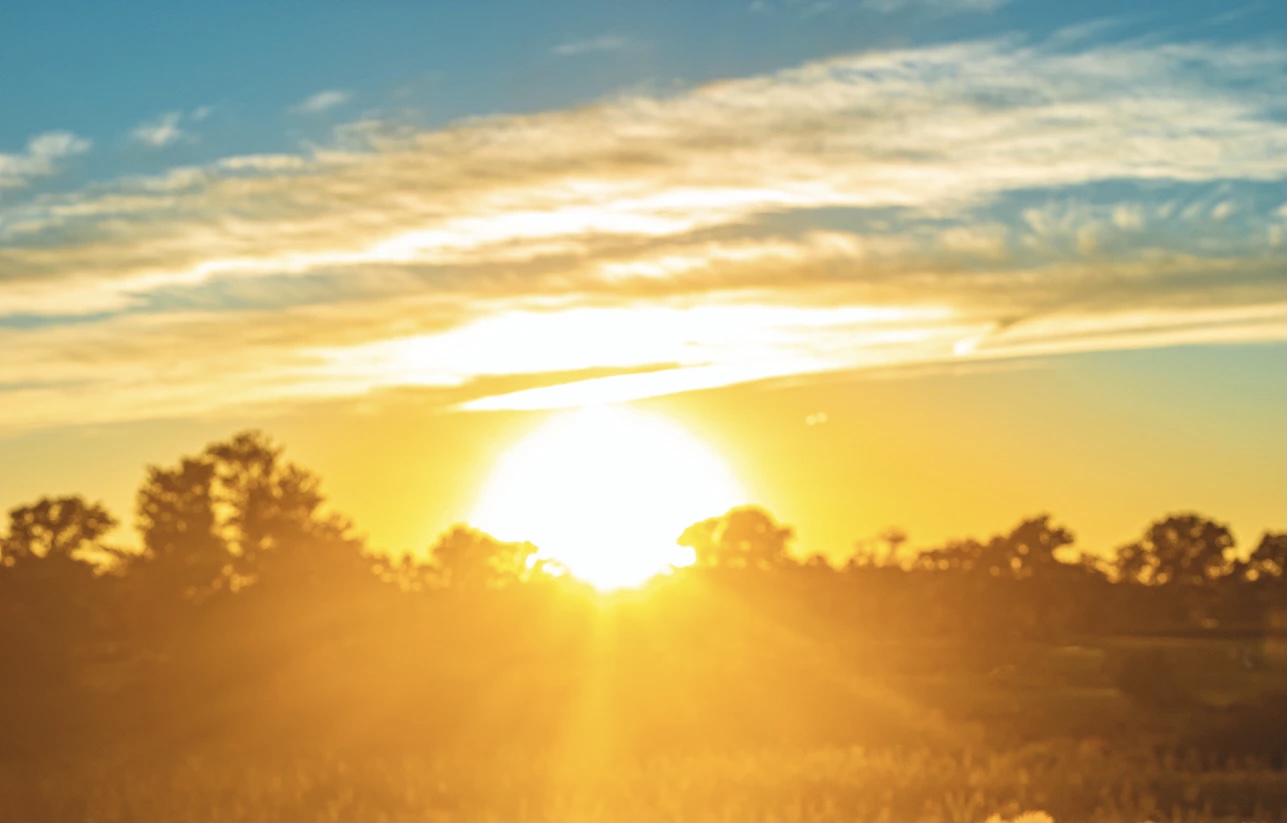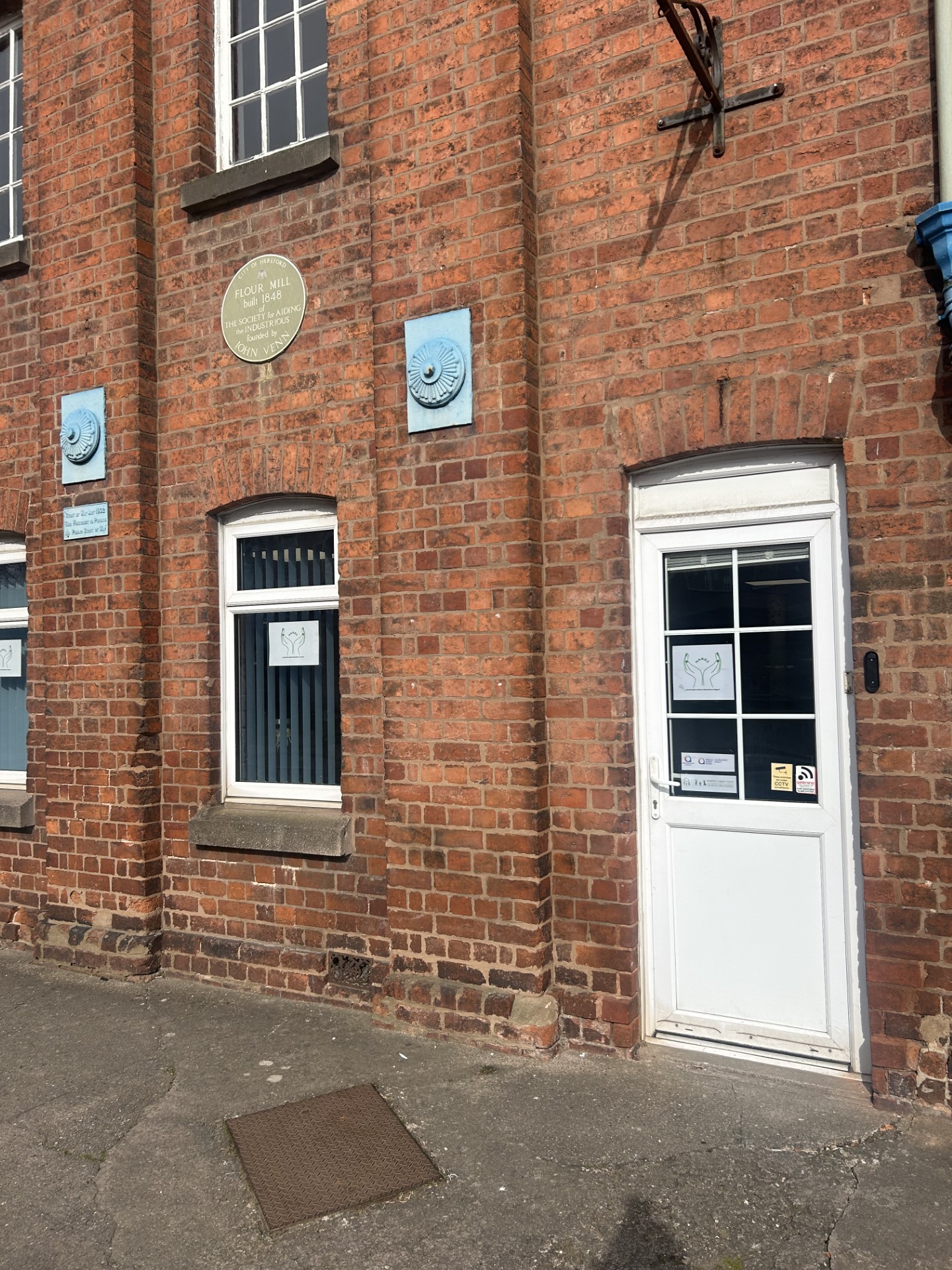This spell has provisionally created a new daily maximum temperature record for New Year’s Eve. A value of 15.4 °C at Sutton Bonnington, in Nottinghamshire, and there is the potential for this value to be exceeded during the day. Several sites in Eastern and Northern England have also broken the previous New Year’s Eve record.
The warm spell also has the potential to challenge records for New Year’s Day, creating the unusual situation of one weather system perhaps breaking weather records for two days in separate calendar years.
The extremely mild spell is driven by a flow of warm, moist air from the Canary Islands, further south in the Atlantic and also brings some cloud and outbreaks of rain to the UK.
Steve Ramsdale, a Met Office chief forecaster, said: “The current weather pattern is bringing extremely mild conditions to the UK – perhaps reaching around 16.0 °C in some parts. We also expect some very mild overnight temperatures as well with minimum temperature records being broken in places.”
The mild conditions are expected to remain into the weekend, but is forecast to break down allowing an ingress of colder air from Tuesday, potentially bringing wintry showers and frosts. This is a temporary cold spell before we see a return to weather conditions coming from the Atlantic, bringing further bouts of strong winds and rain to the UK.
The highest UK daytime temperature recorded on New Year’s Day is 15.6 °C in Bude, Cornwall, in 1916.
The previous highest UK daytime temperature recorded on New Year’s Eve is 14.8 °C, in Colwyn Bay, in North Wales, in 2011.
With 13.8 °C recorded at Murlough, today, Northern Ireland has an updated New Year’s Eve daytime maximum temperature record.
The previous highest New Year’s Eve highest temperature for Northern Ireland was 13.0C, recorded at: Pubble Forest (Fermanagh) n 1974; Murlough (Down) in 2011; and Loughall (Armagh) in 2014.




